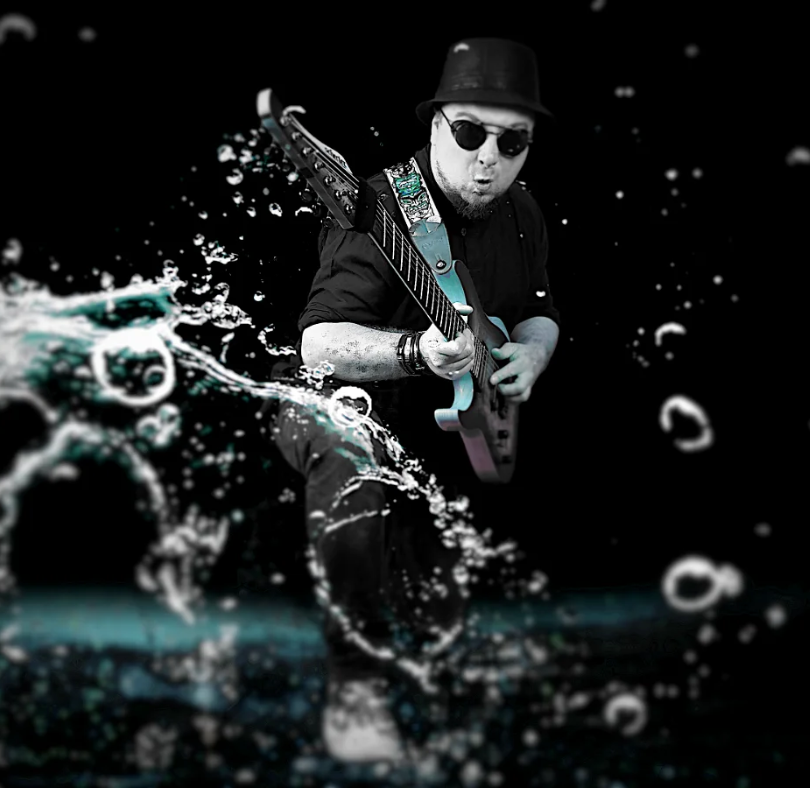
EQ Techniques for Music Producers

Albert S
Composer | Producer | Pianist | Guitarist
EQ part 1:
What is EQ, what does it do?
Well, an equalizer is a pretty fundamental tool (no pun intended). It either boosts or cuts whichever frequency you select, and to varying degrees.
There are, of course, different types of EQ; parametric for example will give you the option of widening your frequency band to achieve a smoother change whereas a 31 band system will make changes to individual frequencies. Essentially, though, all EQs do pretty much the same job.


The thing you need to be aware of is what instruments need which areas of the EQ, and what happens when you vary the strength of frequencies within these bands…
Say you have a triangle; I love the example of a triangle. It’s very high up the spectrum. You don’t want a load for bottom end or low mids, you want to just achieve that little glistening ‘ding’ to garnish the mix with.
Inherently though, a triangle is a physical thing being struck with another physical object. If you’re recording this with a microphone you’re going to get some 100Hz, you’re going to get some 50Hz or 40Hz or whatever. Allowing these frequencies to remain prominent in this case will interfere with the bottom end of your mix, unbalancing things like drums, basses, strings. What you want then is to focus on the important parts of the sound: the high mids and air, and particularly the resonant frequency of the triangle itself.
Below is a bit of a cheat sheet to give an idea of the ‘important parts’ of the EQ spectrum for a range of modern instruments. These figures are absolutely just guidelines, things will change with type of music, type of instrument, size of instrument – i.e a bigger kick drum will resonate at a lower harmonic than a small one etc…. but I hope they will serve as a good starting point.

EQ part 2:
So, we’ve looked at refining the bands at which different instruments sit within a mix. What I want to talk to you now about is cut-through frequencies.
Say your mix is balanced, and sounds kinda good, but you’re losing a certain part or a vocal sounds a bit muffled etc… Boosting certain frequencies on each instrument will really punch the sounds out to the ears and ‘cut through’ the mix.
A similar idea to how a drum transient punches through, a cut through frequency achieves this using a specific frequency rather than volume.
I won’t compile a list for these because it is so instrument dependent, tone dependent, and key dependent. It is something you’ll have to do a bit of trial and error with for yourself.
What I will lead with is, vocal-wise, boosting somewhere between 3kHz – 3.5kHz works really nicely. Now, that isn’t to say that you just max out this frequency range; be careful with it otherwise the poor singer will sound like they’re on a telephone in the 1930s. Just 2dB or 3dB will be a really good starting point.
Now think about this. Say you’ve pushed a bit of 3kHz on the vocals and they’re sitting nicely. You don’t then want to boost the same frequency on your guitars because the two sounds will fight for the frequency. So maybe boost 2kHz for the guitar. Then, is the bass sounding good or is it fighting the kick drum? Maybe let’s add a bit of 4kHz to the kick to add some clarity and thicken out the bass with some 80Hz.




Now you have all these little shoots of EQ punching out in different places which are connected to their respective instruments. This gives your ear a clear path to every sound which is happening, allowing it to naturally differentiate between each one. The result? a really clear mix.
About PIVODIO™ Coach Albert S.
Albert S. is a composer, producer, pianist, and guitar player based in St Albans, UK. He began playing the piano at the age of five and picked up the guitar when he was 11.
In addition to performing live, he is currently composing music for synchronization projects such as advert jingles and is preparing for his first film score in Autumn 2023. His client portfolio to date includes Once Upon a Time Agency, Altitude Film Studios, Monkey Shoulder Whisky, and BrambleTyne Games.
His skills encompass composition, writing, arranging, mixing and production, mastering preparation, improvisation on piano and guitar, advanced guitar techniques, and providing guitar tone ideas.